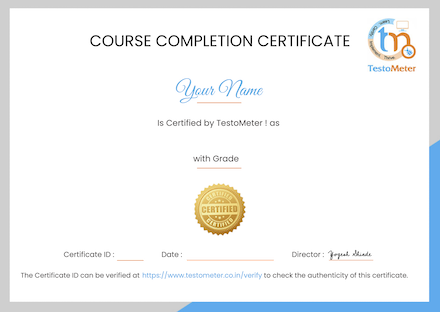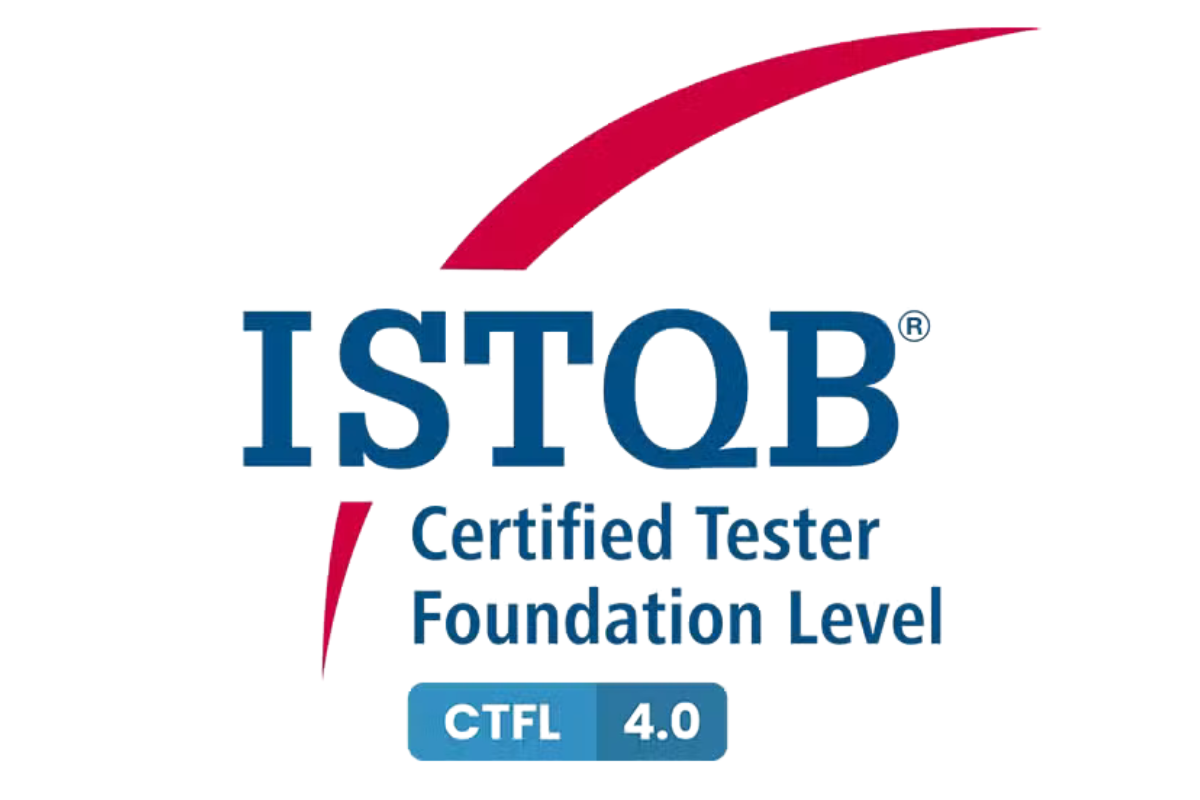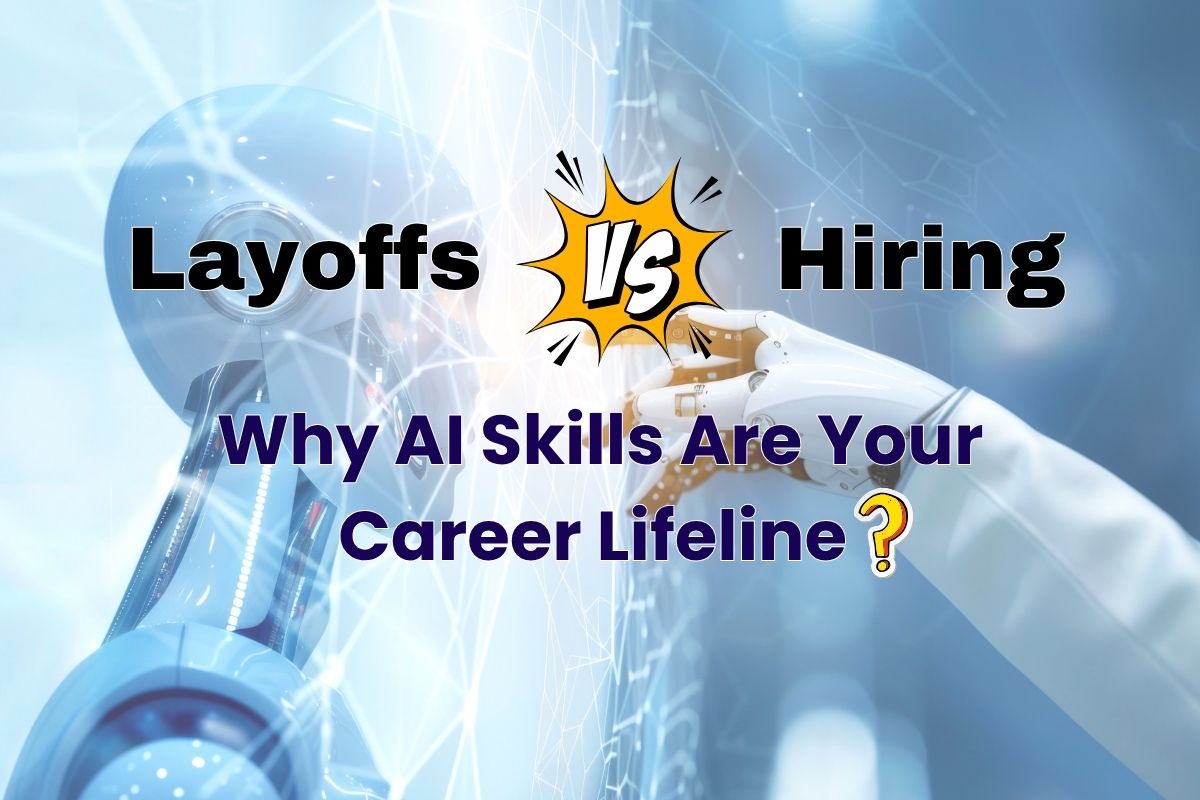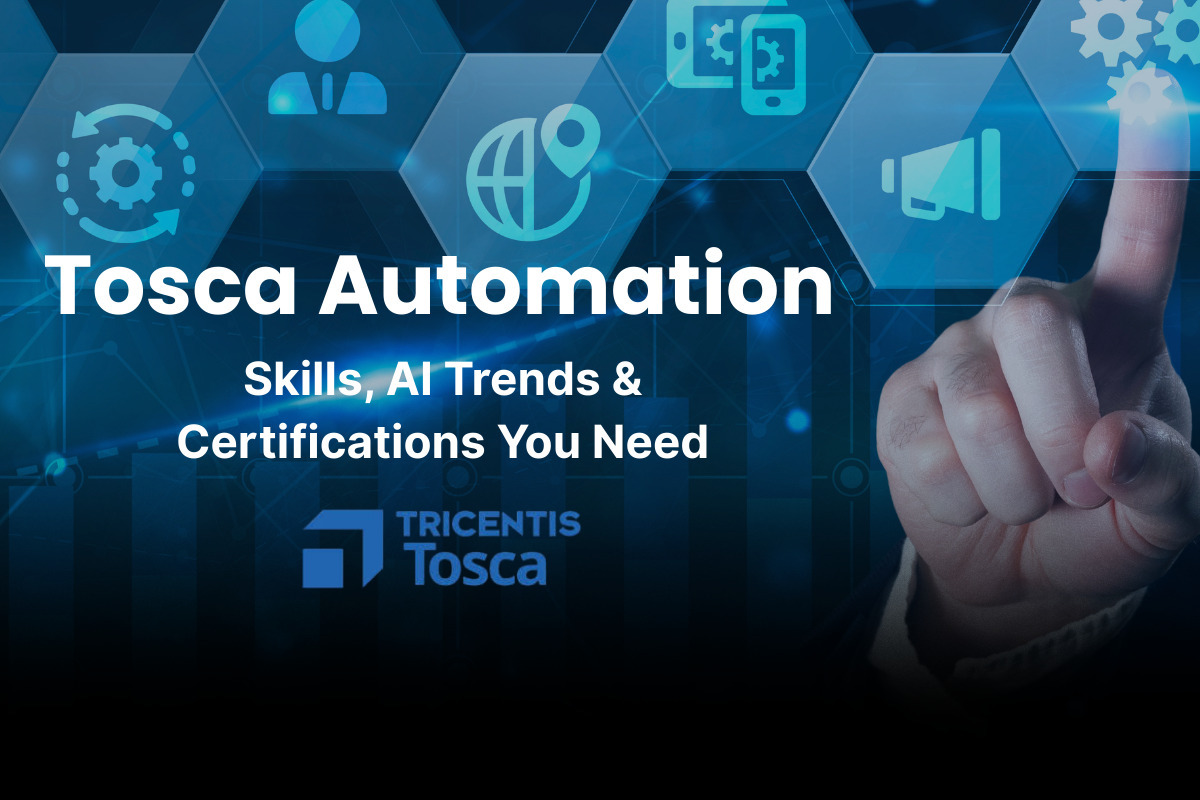How ISTQB 4.0 Aligns with Agile and DevOps Trends in Software Testing
Understand the key principles of Agile, Scrum, and SAFe frameworks with real-world examples.
Read More →
Data science is in high demand globally, and India is no exception. In India, data scientist salaries typically range from ₹6,00,000 to ₹18,00,000 per year, with variations based on location and experience.
Our Full Stack Data Science Certification Training program is designed to equip you with the complete skill set needed to excel in the dynamic field of data science. Whether you're new to the world of data or an experienced professional looking to enhance your capabilities, this comprehensive course will empower you to tackle the entire data science pipeline. From data collection and preprocessing to machine learning model development, deployment, and data visualization, you'll gain hands-on experience through real-world projects and interactive labs. Our expert instructors, who bring industry insights to the classroom, will guide you on this journey.
Benefits:
High Demand: Data science professionals are in high demand across industries, offering abundant job opportunities and career growth.
Competitive Salaries: Enjoy competitive salaries, with the potential for significant earning potential as you gain experience.
Versatility: Acquire a versatile skill set that allows you to work in various domains, including finance, healthcare, e-commerce, and more.
Data-Driven Decision-Making: Help organizations make informed decisions and gain a competitive edge by harnessing the power of data.
Hands-On Learning: Apply your skills to real-world projects and build a robust portfolio to showcase to potential employers.
Prerequisite: Basic programming skills (preferably Python), mathematics understanding, and a curious, problem-solving mindset.
Unlock your potential in the data science field with our Full Stack Data Science Certification Training. Whether you're a beginner or an experienced professional, our program equips you with the skills and knowledge needed for a successful career in data science. Join us today and embark on a journey towards becoming a proficient data scientist.
Join interactive, instructor-led sessions with expert trainers in real time.
No schedule available.
Can't find a batch you were looking for?
Request Bacth
Interactive online classrooms

Verified Job opportunities

Real-time experience

Cost-effective

Completion Certificate

Industry Standard Syllabus
Get a sneak peek of the certificate you'll receive upon completing a certification exam on TestoMeter! Take a look at what you'll earn as a symbol of your accomplishment.
Rigorous evaluation of data collection, analysis, modeling, and deployment skills through real-world projects and comprehensive exams.

Teams, corporate groups, college groups or friends enrolling together for the same batch.

Save 10% on your enrollment!

Save 15% on your enrollment!

Save 25% on your enrollment!

Understand the key principles of Agile, Scrum, and SAFe frameworks with real-world examples.
Read More →
Understand the key principles of Agile, Scrum, and SAFe frameworks with real-world examples.
Read More →
Understand the key principles of Agile, Scrum, and SAFe frameworks with real-world examples.
Read More →
Understand the key principles of Agile, Scrum, and SAFe frameworks with real-world examples.
Read More →
Understand the key principles of Agile, Scrum, and SAFe frameworks with real-world examples.
Read More →
Understand the key principles of Agile, Scrum, and SAFe frameworks with real-world examples.
Read More →